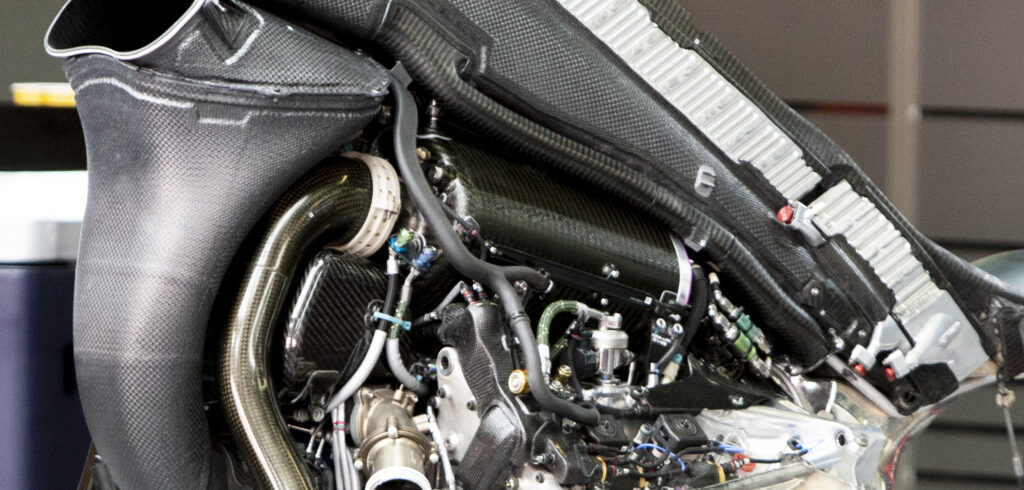Following the most recent meeting of the FIA’s Formula 1 Commission, it has been agreed that power unit development will be frozen from 2022 onward, until the introduction of a new rules package in 2026.
The request for a freeze was initially made by Red Bull Racing, which is set to lose its Honda power units at the end of the season when the Japanese manufacturer withdraws from the sport. However, there is potential for Honda to supply Red Bull and sister team AlphaTauri with continuation engines beyond 2021. It seems the basis for any such deal would be subject to no development taking place on the engine, an understandable condition given that the bulk of costs related to the production of the current power units is due to ongoing R&D rather than the physical price of component production.
A formal announcement from either Red Bull or Honda has yet to be made and interestingly, the commission made no mention of balancing the performance of the four engine manufacturers units.
Though the disparity between the most powerful (likely still Mercedes) and the least (Renault) is nowhere near what it was a few years ago, there is still a significant spread across the field. How any such performance balancing would be conducted also remains an open question. Would peak power be the only consideration, or a more nuanced approach be taken accounting for energy recuperation efficiency and other performance factors?
The Formula 1 Commission also established a high-level working group to address the development of the next generation of power units, with the FIA announcing the following key objectives.
- Environmental Sustainability and social and automotive relevance;
- Fully sustainable fuel;
- Creating a powerful and emotive power unit;
- Significant cost reduction; and
- Attractiveness to new power unit manufacturers.



